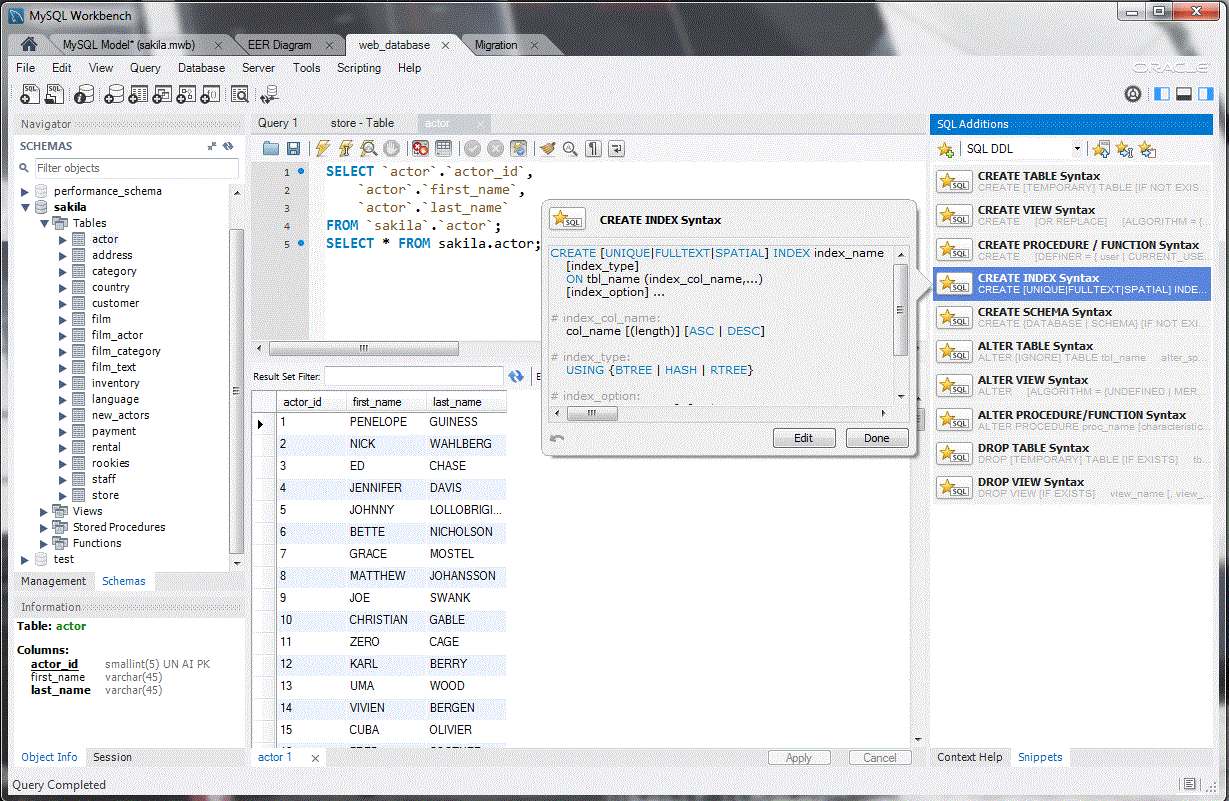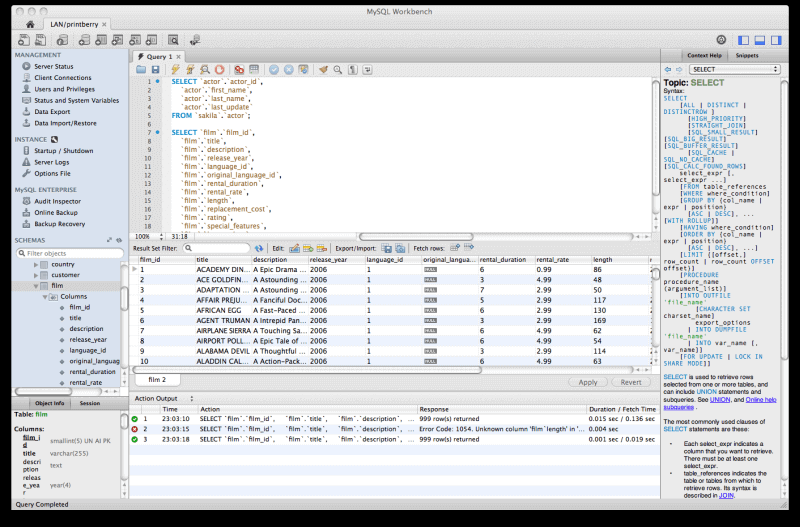

If you are importing from a dump file generated from a MySQL 5.6 database, you may get the utf8mb4_unicode_520_ci message. It usually happens when you export from a newer MySQL database (MySQL 5.5.3 and above) which uses utf8mb4, then attempt to import into an older version using utf8. This is caused by a difference in encoding types between the source and destination databases. Unknown collation: 'utf8mb4_unicode_520_ci' Every so often when importing a WordPress dump file into a client’s database, I will encounter an Unknown collation error like the following:

Migrating Data to an External MySQL Instance from RDS This feature was designed to be used in conjunction with MySQL 5.5 (version 5.5.33 or later) and 5.6 (version 5.6.13 or later).
#RACKSPACE BACKUP DATABASE WORKBENCH FULL#
The full process is a bit more involved and we have plenty of documentation to help you along the way. However, we recommend that you do not configure Multi-AZ until after the import has completed. You also have the option to use RDS Provisioned IOPS, and you can also set up RDS in Multi-AZ mode if you’d like. Once your RDS instance catches up with any changes that have taken place on the master, you can instruct your application to use it in preference to the existing version. Once the RDS instance is initialized, you will need to run the replication stored procedures that we supply as part of this release to configure the RDS instance as a read replica of the instance running on premises or on EC2, and start the replication process. Next, you’ll use the database dump to initialize the RDS database instance. Then you will use mysqldump to dump the databases or database tables that you want to migrate, and take note of the current log file name. Next, you will need to launch and prepare an Amazon RDS running MySQL. You’ll need to poke a hole in your corporate firewall if your database is on-premises, or add an entry to your EC2 instance’s security group if your database is already hosted on AWS. In order to migrate data from an existing MySQL instance running on-premises or on an EC2 instance, you’ll need to configure it as a replication source. Migrating Data From an External MySQL Instance to RDS As long as the master and the slave start with identical copies of the replicated database tables, the two will stay in sync. Both of these features rely on MySQL’s replication capabilities.Īs you may know, replication works by copying the data modification operations (INSERT, DELETE, and so forth) performed on the master to the slave, and then running them on the slave. Today we are introducing a pair of new features to simplify the process of migrating data to Amazon RDS running MySQL, and back out again. However, because most databases are processing changes all the time, this is a non-trivial exercise.

The audiences see the power and value of RDS and are interested in moving their existing data (and applications) to the cloud. It is really cool to be able to launch a relational database instance in minutes, and to show my audiences how it manages scaling, backups, restores, patches, and availability so that they can focus on their application.Īfter my demo, I invariably get questions about data migration.


 0 kommentar(er)
0 kommentar(er)
